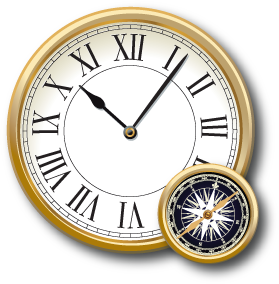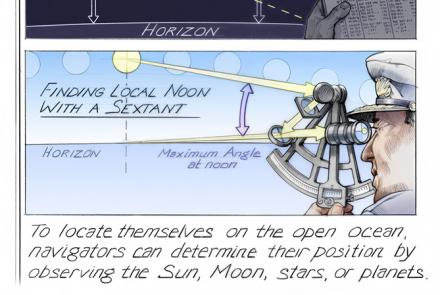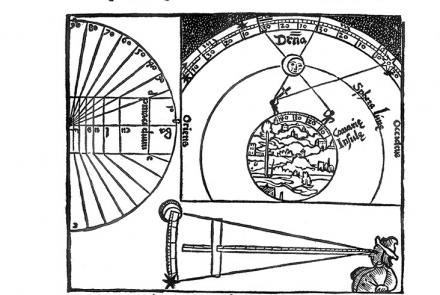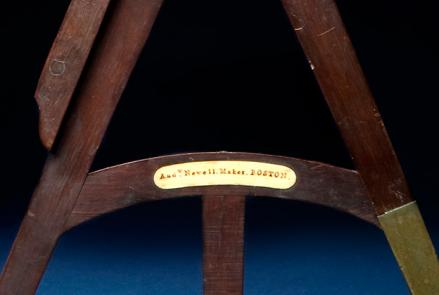Navigation improved with the help of new astronomical information and new instruments.
Leading English astronomers were certain the solution to finding longitude lay in better celestial observations. They convinced King Charles to establish an observatory at Greenwich in 1675. Two centuries later, a line through his observatory would become Earth’s “Prime Meridian.”
The octant and sextant were invented to make use of the observatory’s new star catalogs, published beginning in 1725. These portable angle-measuring tools served two purposes: improving latitude observations and finding longitude.











